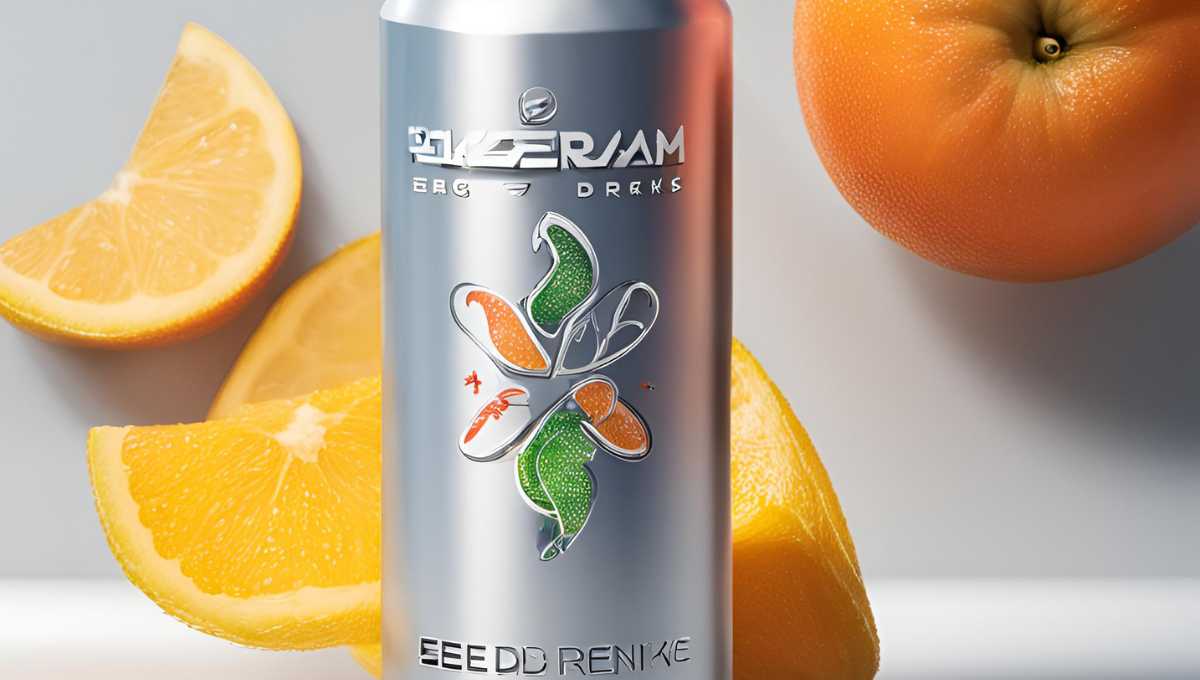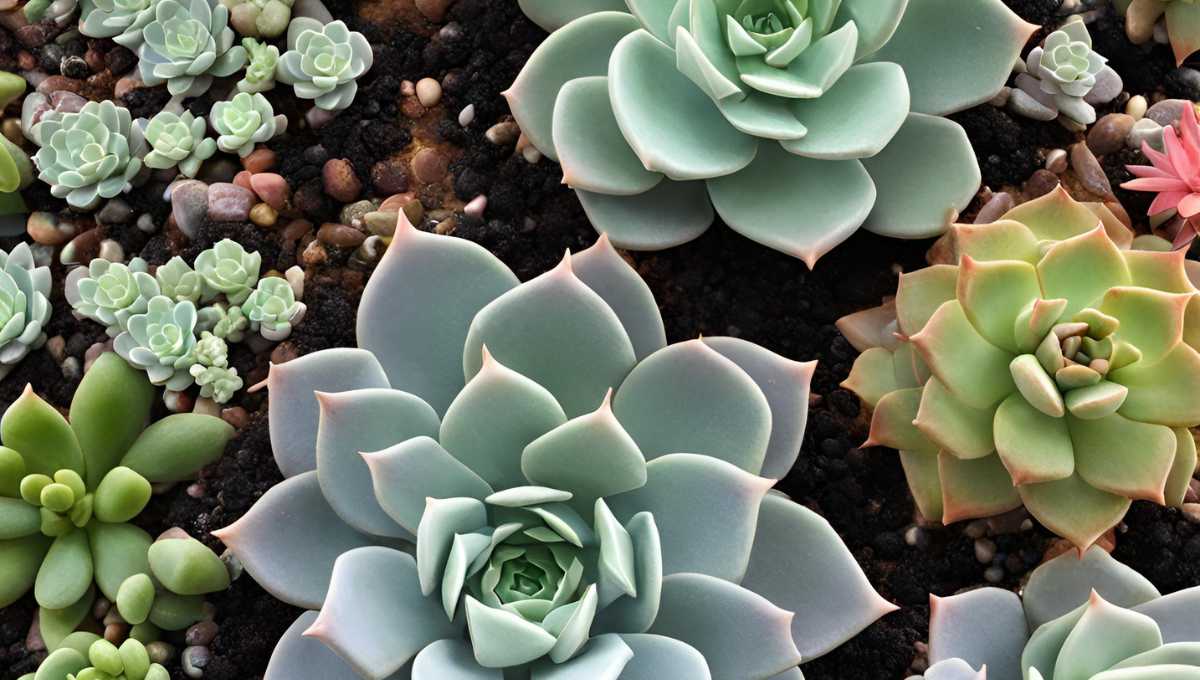
What is a coffee bean?
The seed of the coffea plant, which produces coffee, is referred to as a coffee bean. Coffee “beans” are actually the seed, or pit, of the fruit that grows on coffee plants, despite the fact that they do in fact resemble actual beans.
If you drink coffee every morning, you may have wondered where your coffee beans came from! And which coffee should you drink? Here is some information about it. Let’s get started.
In This Post
ToggleThe coffee bean comes in four varieties:
- Arabica
- Robusta
- Liberica
- and Excelsa.
Arabica coffee beans:
- Arabica coffee beans make up about 60% of all coffee consumed globally, making them the most popular type.
- These delicious beans may have been the first coffee beans ever drunk, as they were believed to have originated in the highlands of Ethiopia thousands of years ago.
- The beans were likely called Arabica because of their popularity in 7th-century Arabia (now Yemen).
- This makes Arabica beans more expensive.
- Arabica beans need shade, plenty of water, and high altitude to grow well.
For Arabica beans to grow properly, shade, sufficient water, and a high altitude are all necessary.
- These plants must be planted at a minimum elevation of 2,000 feet since they are more susceptible to crop diseases.
- Additionally, they are smaller coffee plants, growing to a height of only 8 to 15 feet.
- The majority of upscale coffee brands boast the use of only Arabica beans.
- Arabica beans are famous for their smooth, rich flavor, without much bitterness.
- Depending on where they’re grown, Arabica beans can have different flavors, ranging from earthy Indonesian to fragrant Ethiopian.
Robusta Coffee Beans:
- Robusta is a common type of coffee bean, mostly grown in Africa and Indonesia.
- Vietnam particularly enjoys it and often mixes it with other coffees.
- Because it’s cheaper, roasters use it to save money.
- Robusta beans are larger and rounder than others.
- The plants can grow 15 to 20 feet tall, taller than Arabica plants.
- They’re tough, thriving in low areas and resisting diseases.
- Robusta coffee is often bitter with a strong smell and a taste that’s strong and almost burnt.
- Robusta beans have much more caffeine than Arabica beans.
- Even though many specialty coffee lovers don’t like Robusta, it’s worth trying at least once!
Liberica Coffee Beans:
- It is highly regarded for its pungent, flowery scent and robust, smokey flavor.
- Although regularly combined with other types to add bulk and complexity, this hardy species hardly ever receives any recognition.
- Most Liberica cherries look uneven and are similar in size and appearance to Robusta beans because they grow on a bigger plant.
- Liberica plants do well in hot, humid areas with low altitudes.
- About 2% of the world’s coffee production is from Liberica beans, mainly grown in Indonesia, Malaysia, and the Philippines.
- In Malaysia, more than 95% of coffee production is from Liberica beans.
- Finding Liberica coffee beans in North America is rare.
- Liberica coffee has a controversial reputation among fans due to its highly inconsistent flavor.
- If you’ve tasted this uncommon coffee, you either love it or hate it.
- Some coffee consumers adore the odd flavor, which is nutty, woody, and finishes with a subtle backbite.
Excelsa Coffee Beans:
- Excelsa is one of the four main types of coffee beans.
- This bean has recently been categorized as a Liberica variation.
- Excelsa beans are mostly grown in Southeast Asia and look similar to Liberica beans.
- They grow on tall plants, which can reach up to 30 feet.
- Excelsa beans offer a taste resembling dark roasts but also carry acidity and fruity hints like light roasts.
- Despite their mild scent and lower caffeine content, they boast a distinct and flavorful profile.
Which coffee bean should you choose?
Look for coffee that is 100% Arabica if you want the best flavor and don’t mind paying a little bit more. On the other hand, if you want to stay on budget and like lots of caffeine, you should pick up a bag of Robusta or an Arabica/Robusta blend. However, if you do so, you shouldn’t be surprised when your brew is bitter If you’re seeking something unique, consider searching for Liberica or Excelsa beans, but be prepared for a longer search! While they’re not easy to find, these uncommon coffee beans can be delightful. Moreover, they’re perfect as gifts for coffee lovers interested in discovering unique coffee flavors. Keep in mind that it’s advised that you grind the beans right before you start brewing. Regardless of the sort of coffee bean you pick, the extra work is well worth it because you’ll get far superior flavor and freshness.
FAQ
For espresso, a blend of Arabica and Robusta beans is often preferred. Arabica provides a smooth, complex flavor, while Robusta adds a strong, bitter kick and a rich crema.
Store your coffee beans in an airtight container, away from light, heat, and moisture. A cool, dark place is ideal to maintain their freshness and flavor.
Arabica beans are known for their smooth, complex flavors with higher acidity, while Robusta beans have a stronger, more bitter taste with higher caffeine content.
Yes, mixing different types of coffee beans can create unique blends that combine the best characteristics of each type, offering a balanced and complex flavor profile.
Moderate coffee consumption is generally safe and offers health benefits, but excessive intake can lead to issues such as insomnia, increased heart rate, and digestive problems. It’s best to enjoy coffee in moderation.





